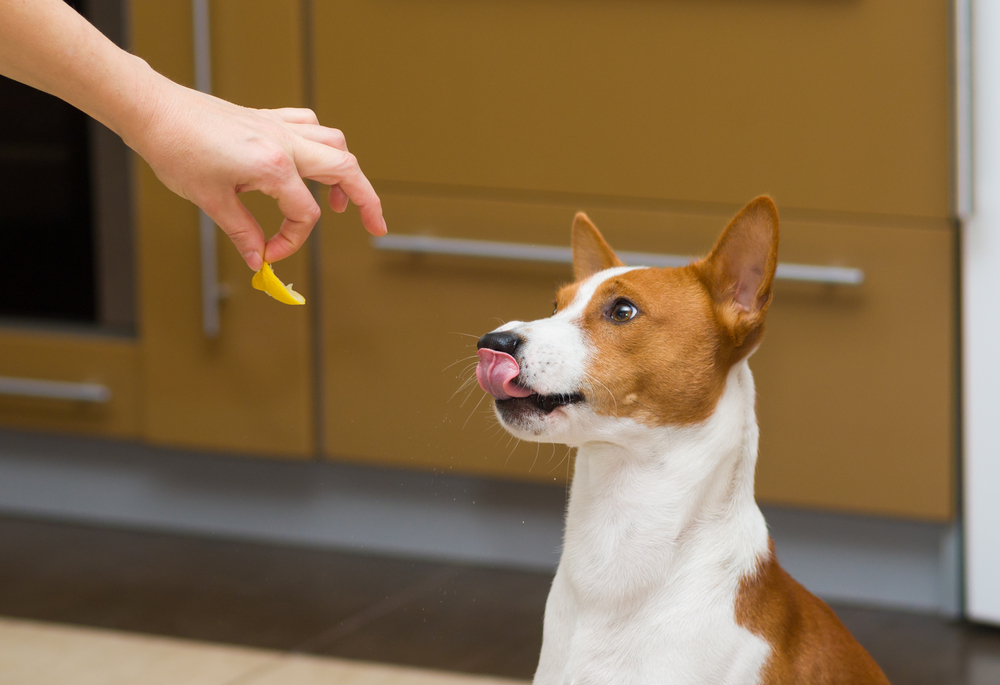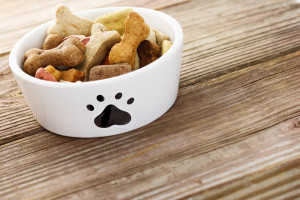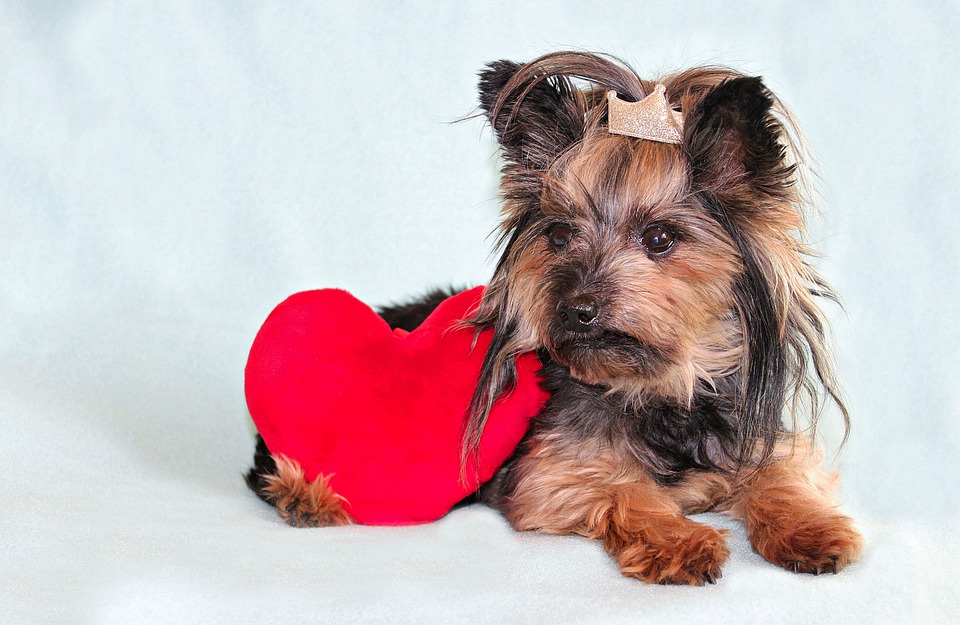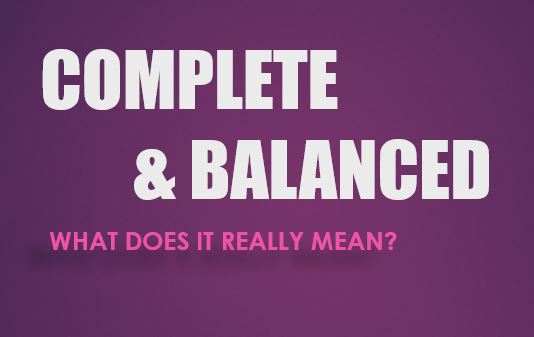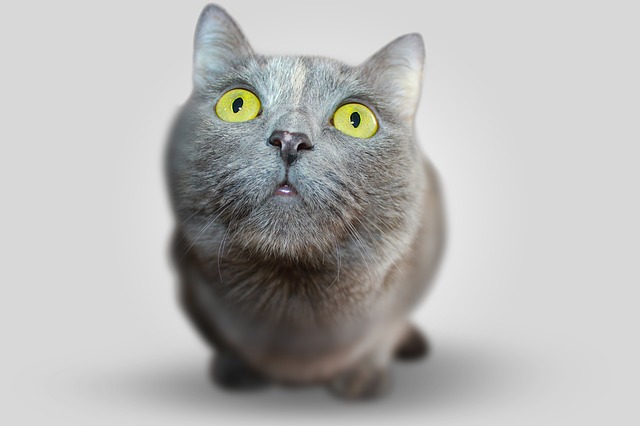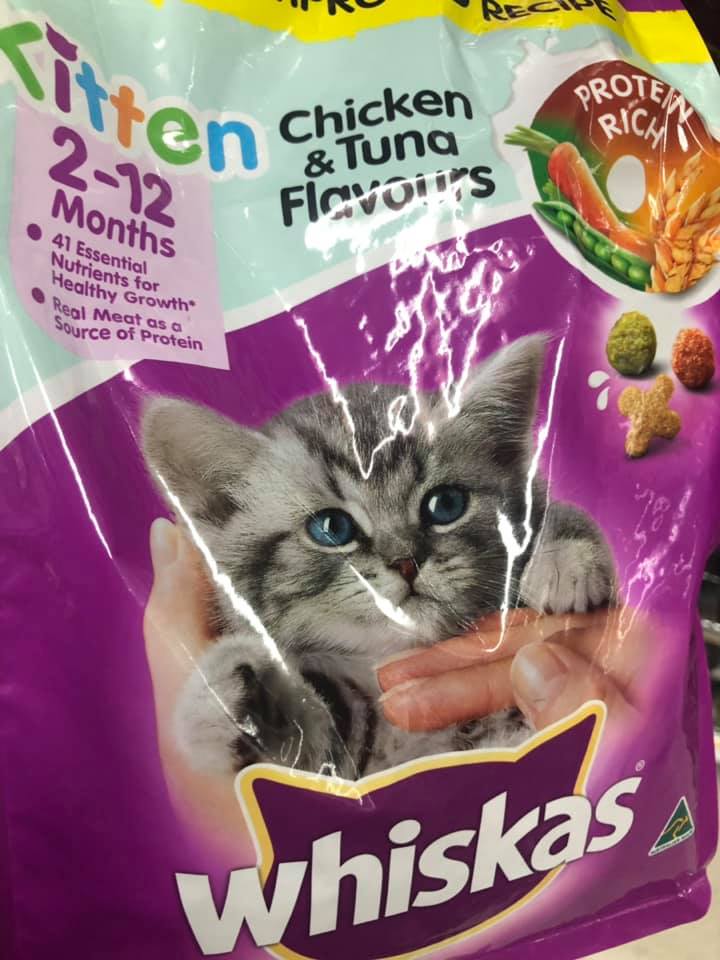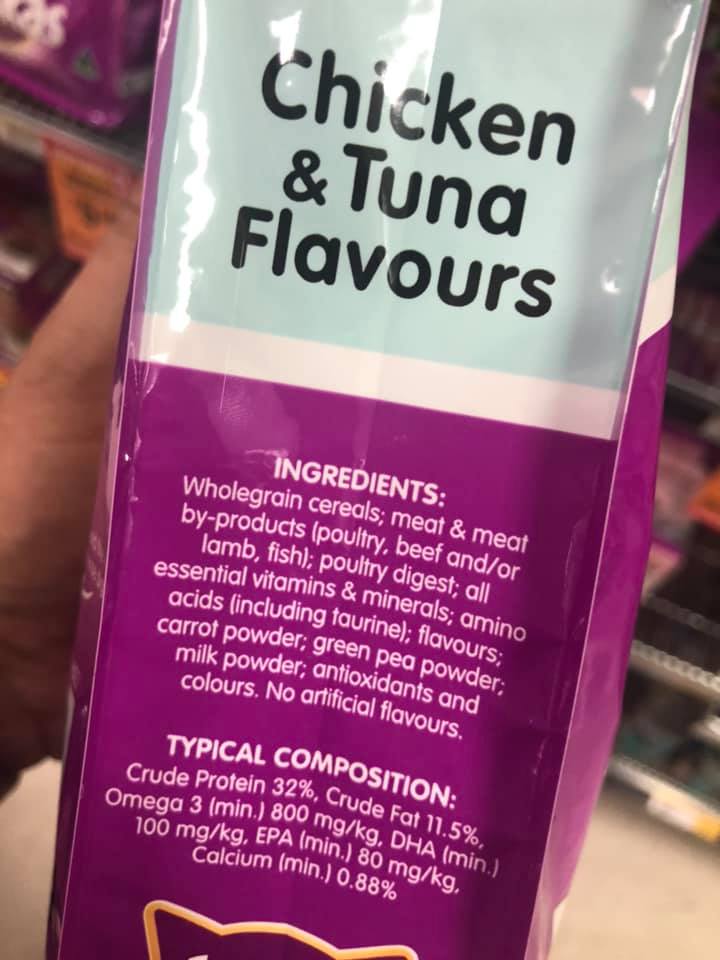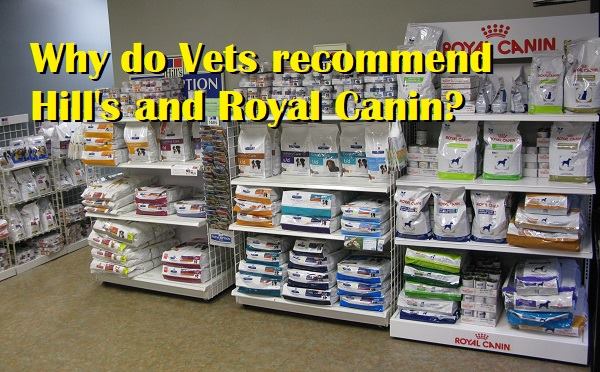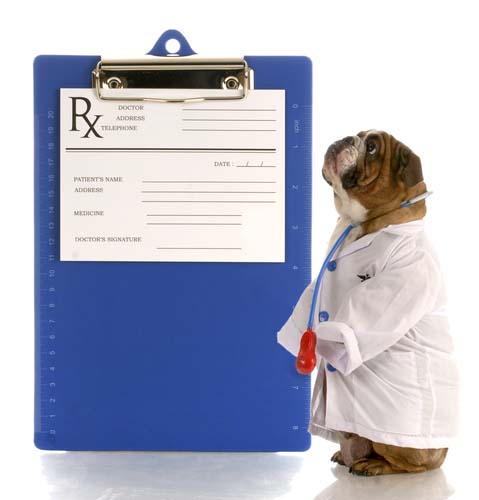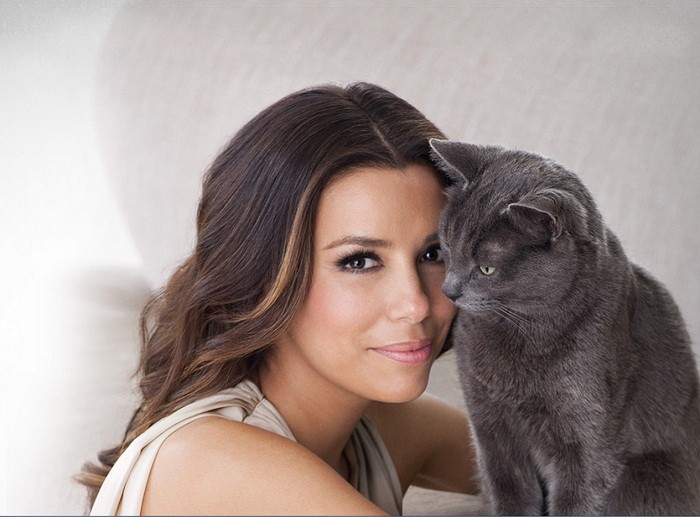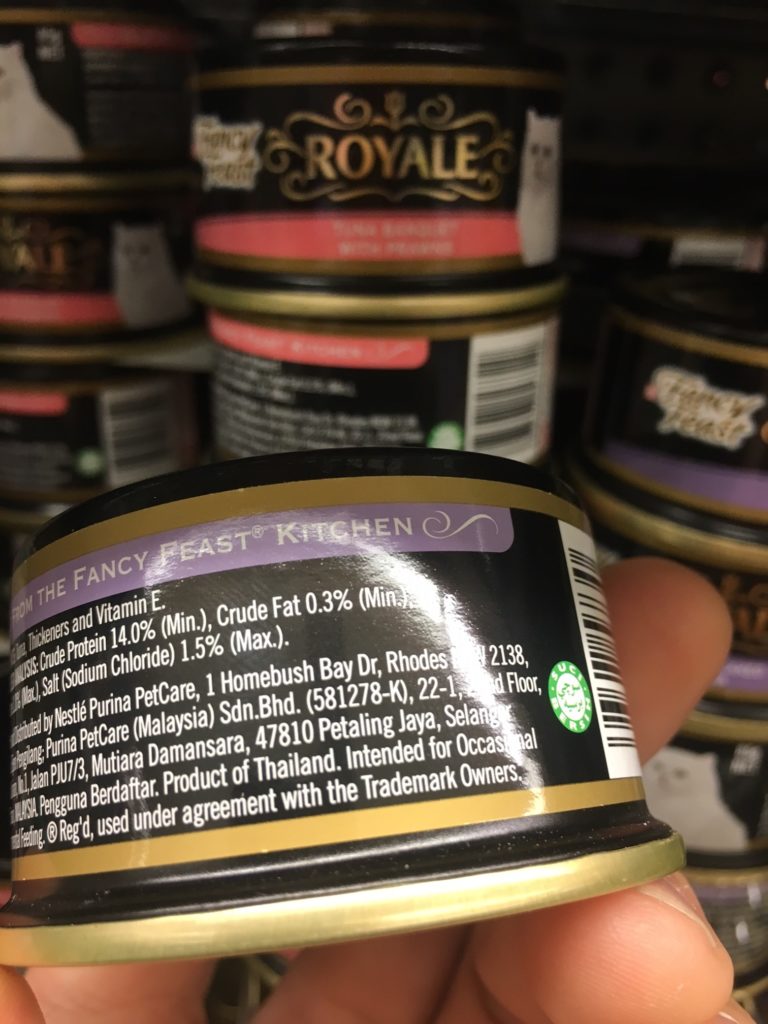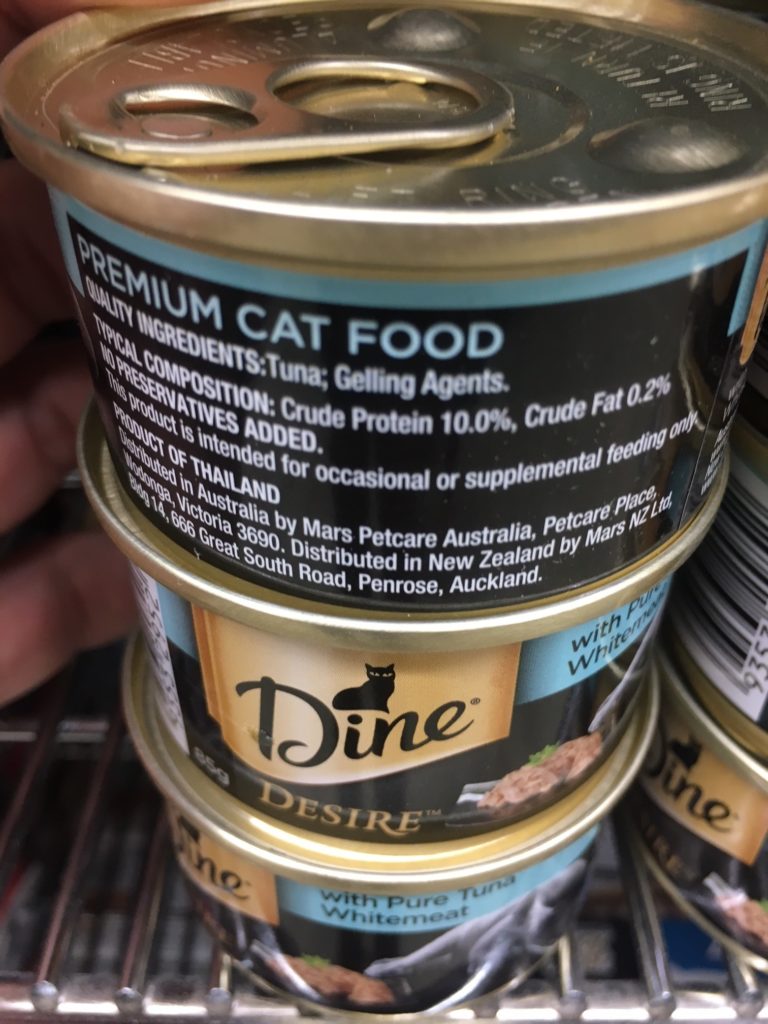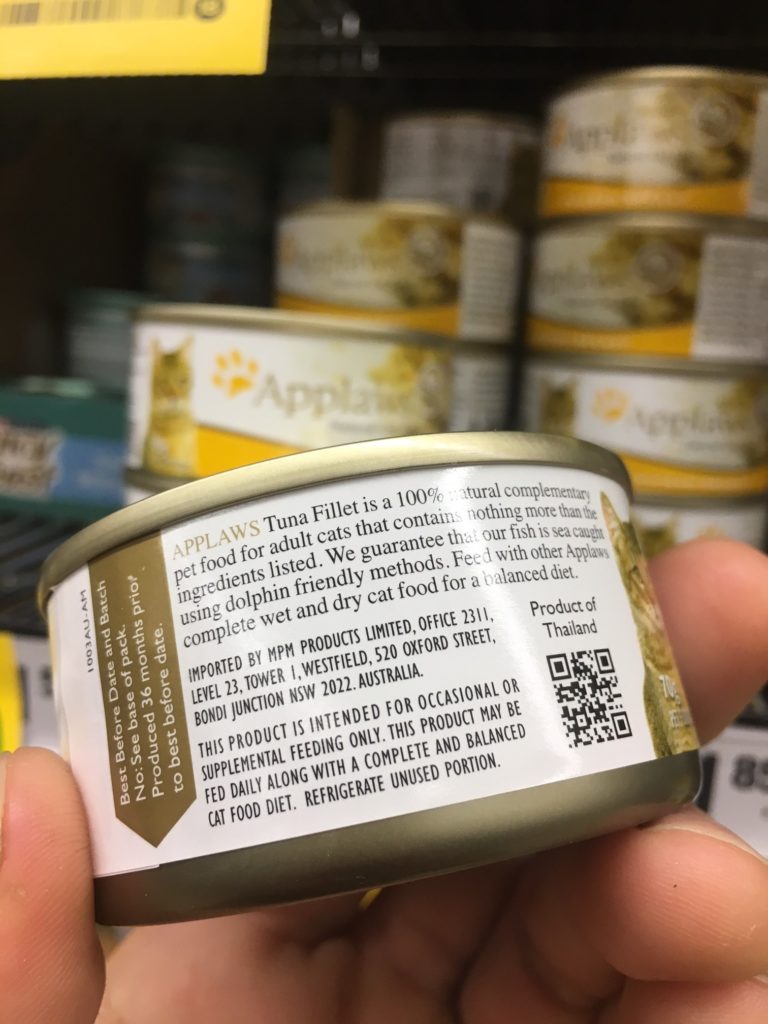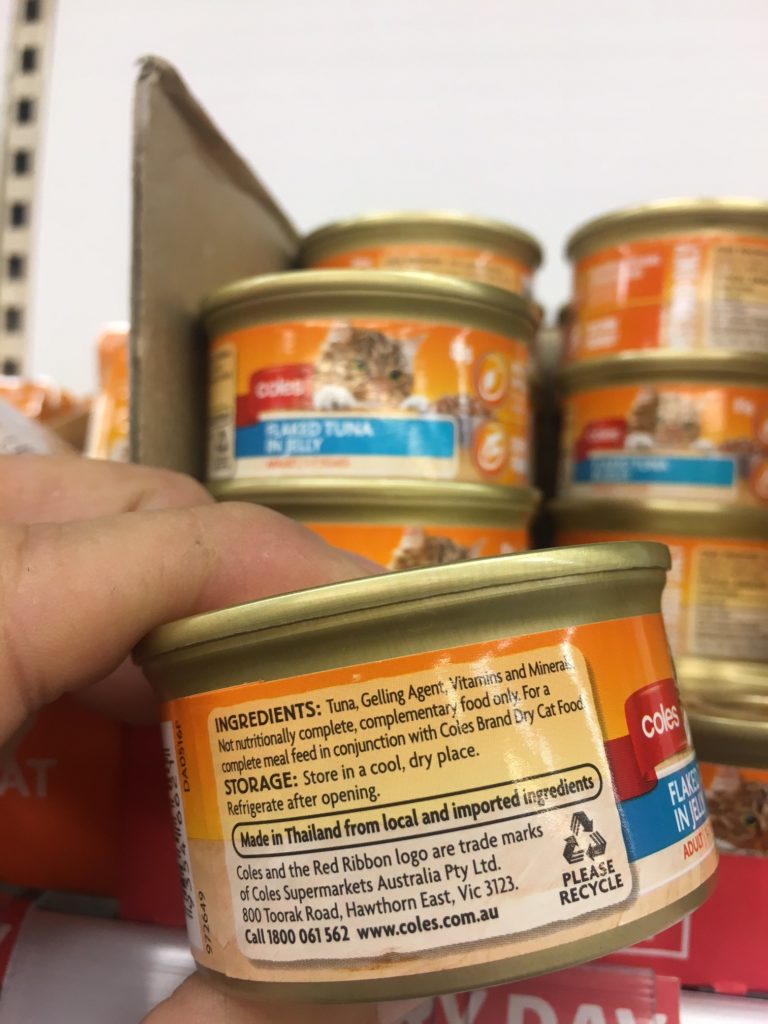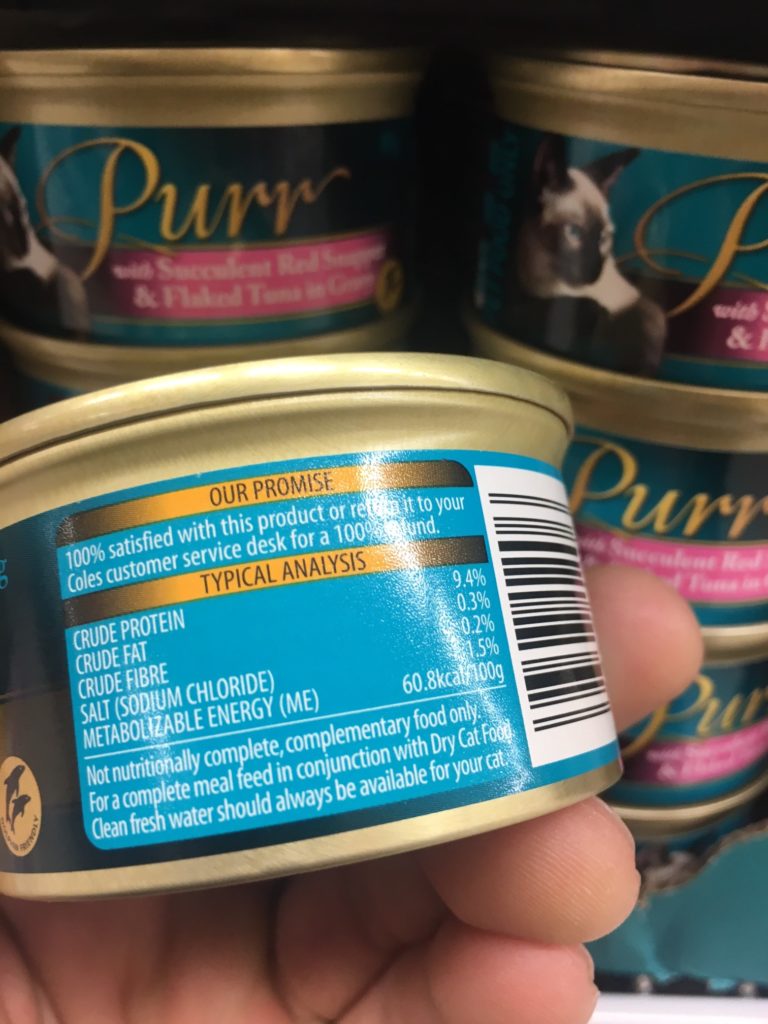We are all guilty of throwing away that brown banana in the bunch as it just doesn’t look very appealing. Have you ever wondered if that last brown banana MIGHT BE GOOD FOR YOUR DOG?
I think it’s safe to say we all assume it’s not ok to eat and either throw it away?
However, the truth about brown bananas might surprise you!
Firstly, what makes bananas go brown?
This is the first step in determining if brown bananas may be suitable for our dog.
Bananas naturally produce a gas called ethylene (which is found in many other fresh fruit and vegetables), which over time softens the cell walls of the skin allowing oxygen in, this reacts with the cells and creates the brown pigments.
As bananas ripen, there is an increase in the sugar content (mainly sucrose) and decrease in the acid and starch content. This is why brown bananas taste much sweeter than green unripe bananas.
Some of us may remember eating a very green unripe banana as a kid, then getting a stomach ache?
Even if this never happened to you, there’s a real reason for this, and that’s because the high starch content of a green banana makes it difficult for the body to digest.
On the other hand, a brown banana is very easily digestible due to it’s low starch content and high sugar content.
That gives us our first vital piece of information on feeding a brown banana to our dog, so let’s consider that first before we look at what the benefits are.
The downside of feeding brown bananas to a dog
When considering the dietary needs of your dog, it will be better for their health if you consider them a carnivore (or at least to have a meat-bias). It doesn’t matter what you heard from pet food companies about them being an omnivore, as the simple fact is dogs do not need sugar in their diet.
Some sugar will not cause your dog harm, which is why most foods in moderation are beneficial, and in excess can be really harmful.
But you’re not going to feed your dog brown bananas all the time, are you? Any more than you would feed them donuts every day (which are much worse!)
The high sugar content in brown bananas can in excess be problematic for a dog with diabetes, or a risk of developing diabetes. More so than a banana in a ripe yellow state.
Now we have the matter of sugar behind us, let’s take a look at how brown bananas can benefit our dogs!
What are the health benefits of brown bananas for dogs?
Bananas have been linked to the reduction of chronic disease through their antioxidant capacity. To get a little scientific, this is due to them containing phenolics, carotenoids and phytosterols.
Bananas are also known to be rich sources of carbohydrates, iron, magnesium, potassium, zinc, copper and vitamin C. There are numerous health benefits from this set of compounds, even for your dog as a meat-eater.
When it comes to brown bananas, studies have suggested the may actually have a higher antioxidant capacity than green or yellow bananas.
The benefit of this to your dog, is a potential to reduce the risk of them developing heart disease or other illnesses which cause degenerative health.
We now have all the information we need to draw a rational conclusion on whether we should give our dogs brown bananas (or bananas in general), so let us summarise.
Should you feed your dog brown bananas?
The conclusion we can draw based on the above information and research into brown bananas and their positive and negative effects, is this:
In moderation, a brown banana may add nutrition to your dog’s diet based on the vitamin and mineral content, and perceived higher antioxidant capacity to their yellower former selves.
This can help support your dog’s immune system as well as potentially fight against illness and deceive.
BUT!
Due to the high sugar content, and the simple fact the diet of our dog should always have a primary focus on meat, we should only ever feed brown bananas in moderation. Or, as a good rule of thumb, a nutritious treat.
So don’t go throwing out those brown bananas so quickly next time as they may add a few health benefits to both yourself, and your dog!
Please note: If a banana is showing signs of mold/fungal growth or rotting it is not ok to eat, and should be thrown away. The information in this article on brown bananas for dogs is specific to those which are browning, and not rotten or spoilt.
If you still don’t like the idea of feeding a brown banana to your dog, then make them into smoothies, healthy cookies, muffins or warm banana bread instead. There’s so much you can do with passed-their-best bananas, and I know you want to decrease your food wastage!
Fun fact: Ecuador is the world’s biggest Banana exporter and the USA the largest importer.
Further reading & references
The following research and articles were used in determining whether brown bananas may be suitable to feed our dogs. Unfortunately due to the lack of research into many aspects of nutrition in terms of our pets, we must rely as best we can on human nutrition studies and adapt them to that of a canine.
- Vaclavik V, Christin E. Essentials of food science. Springer; 2014.
- Zhand P, Whistler R, BeMiller J, Hammaker B. Banana starch: production, physicochemical properties, and digestibility – a review. Carbohydrate Polymers. 2005;59(4):443-458.
- Singh J, Kaur A, Singh N. Bioactive compounds in banana and their associated health benefits – A review. Food Chemistry. 2016;206:1-11.
- Preedy V, Simmonds M. Nutritional composition of fruit cultivars. Academic Press; 2016.


